强化厌氧消化去除PhACs的特性研究
摘要污水污泥中存在的微量有机污染物如药理活性化合物(Pharmaceuticallyactivecompounds,PhACs)给污水污泥的处理处置和资源利用带来了直接的环境危害或潜在的环境风险。本文以检出频率高的消炎止痛药双氯芬酸、调节血脂的氯贝酸、治疗癫痫的卡马西平和广谱抗菌剂三氯生为目标物,通过在建立有效的分离纯化等预处理方法以及气相色谱-质谱(GC-MS)定量检测方法的基础上,研究其在污水污泥厌氧消化中的行为特征,以及强化厌氧消化作用效能。(1)针对不同污泥停留时间(Sludgeretainingtimes,SRTs)研究了污水污泥中PhACs目标物在中、高温厌氧消化中的去除效果和特性...
相关推荐
-
梁实秋翻译思想研究VIP免费

 2024-09-20 10
2024-09-20 10 -
从互文性视角研究文学翻译—以《老人与海》汉译本为例VIP免费

 2024-09-20 11
2024-09-20 11 -
汉英文化差异与西湖景点介绍的英译——— 从奈达的功能对等理论角度VIP免费

 2024-09-20 9
2024-09-20 9 -
文学自译研究——以林语堂《啼笑皆非》为个案VIP免费

 2024-09-20 9
2024-09-20 9 -
隐喻机制与转喻机制在英语新词语形成中的重要作用VIP免费

 2024-09-20 10
2024-09-20 10 -
英语字母及字母组合意义相关性的认知研究VIP免费

 2024-09-20 9
2024-09-20 9 -
Performance of Downlink Frequency Domain Packet Scheduling for the UTRAN Long Term EvolutionVIP免费

 2024-09-20 8
2024-09-20 8 -
Discourse Power of Teacher and Students in Classroom-成型论文VIP免费

 2024-09-20 8
2024-09-20 8 -
Frequency Domain Packet Scheduling Under Fractional Load for the UTRAN LTE DownlinkVIP免费

 2024-09-20 6
2024-09-20 6 -
Growth at Hubbard's FoodsVIP免费

 2024-09-20 13
2024-09-20 13
相关内容
-
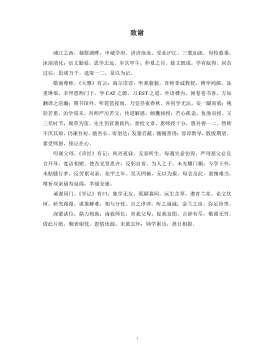
CAT在大型船舶消防翻译项目中的应用探索
分类:高等教育资料
时间:2025-01-09
标签:无
格式:PDF
价格:15 积分
-
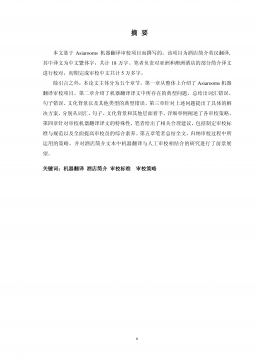
机器翻译审校策略研究—以Asiarooms500酒店简介英译汉为例
分类:高等教育资料
时间:2025-01-09
标签:无
格式:PDF
价格:15 积分
-
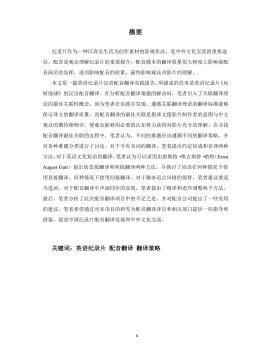
英语纪录片《玩转地球》的汉语配音翻译实践报告
分类:高等教育资料
时间:2025-01-09
标签:无
格式:PDF
价格:15 积分
-
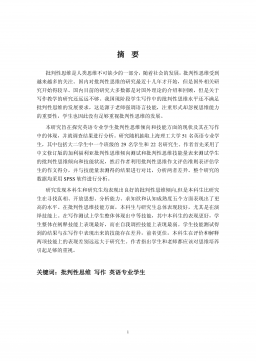
英语专业学生的批判性思维现状及其在写作中的应用调查与分析---以上海理工大学英语专业为例
分类:高等教育资料
时间:2025-01-09
标签:无
格式:PDF
价格:15 积分
-
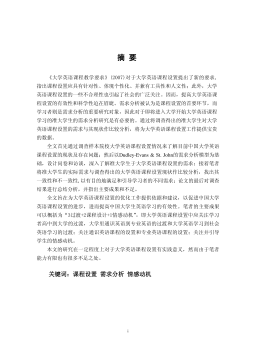
准大学生对大学英语课程设置的需求研究--以安徽省某高中2014届毕业生为个案
分类:高等教育资料
时间:2025-01-09
标签:无
格式:PDF
价格:15 积分






